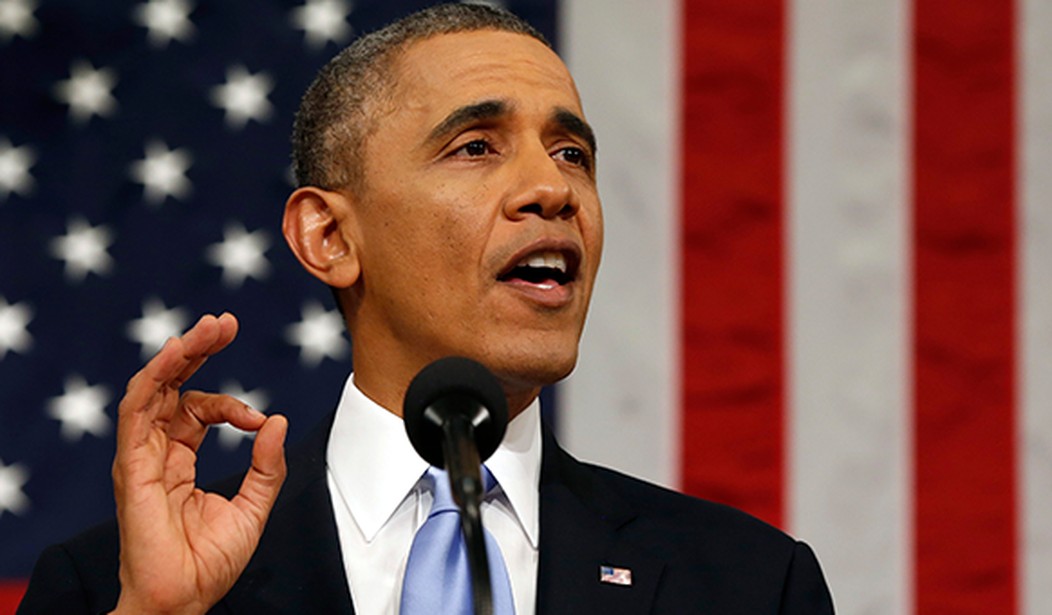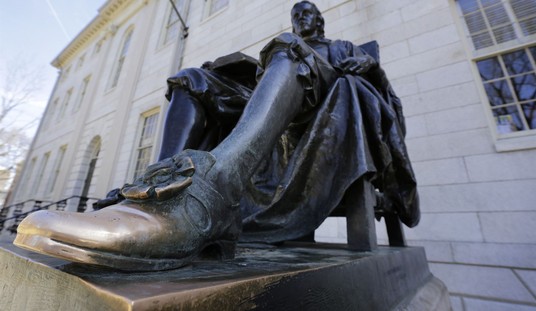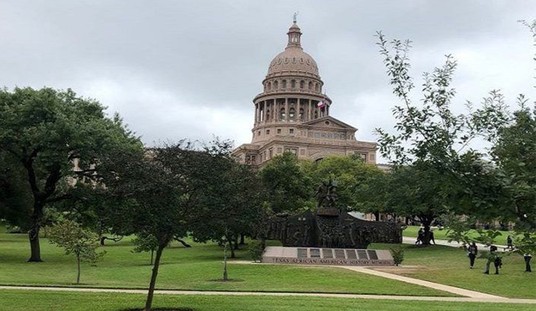Remember when then-President Obama decreed that the Affordable Care Act (ACA) would “cut the cost of a typical family’s health insurance premium by up to $2,500 a year”? Well, that never happened.
Since the ACA became law, premiums for health insurance policies on the Obamacare exchange as well as employer-sponsored policies have risen.
What’s more? The premium hikes for Obamacare policies have outpaced premium hikes for employer-provided policies.
So, given that Obamacare has failed to deliver on the most central promise its namesake said it would, it is bailout time.
The latest Obamacare bailout comes via the $1.9 trillion spending albatross called the American Rescue Plan.
According to the Congressional Budget Office, the American Rescue Plan will provide at least $40 billion in premium subsidies for those on Obamacare over the next 10 years. And those premium subsidies “are extended to higher-income people (by ending the ACA’s subsidy cliff for those whose income is above 400 percent of the federal poverty level (FPL)) and made more generous for lower-income people (by reducing premium contributions for those who are already qualify for premium tax credits).”
Instead of addressing the fundamental factors that are causing premiums to increase, despite Obama’s promise that they would plummet, the American Rescue Plan just throws billions of dollars in subsidies to cover-up the problem.
This is not a sustainable solution. It is nothing more than a temporary fix. However, that is what Congress does best these days. Whether it be the failing public schools or failing health care programs, in the eyes of the left, more money is always the answer.
Ironically, doling out billions to cover rising premiums for those on Obamacare (or to entice more Americans to sign up for the ACA) does little to actually help these people gain access to health care.
Why? Because the biggest problem with Obamacare is not sky-high premiums. It is sky-high deductibles. Anyone who is familiar with the health insurance system understands that too high deductible, not premiums, is the main reason people cannot afford health care services.
Consider this: Before the pandemic, the average deductible for a 40-year-old on an Obamacare Bronze plan was $6,419. For a family of four on a Bronze plan (the most “affordable” plan on Obamacare), the deductible was $13,394.
That means that said 40-year-old would need to pay at least $6,000 in out-of-pocket costs before the Obamacare policy would begin picking up the tab for most medical expenses.
So, even though the American Rescue Plan provides generous subsidies for monthly premiums, it does nothing to subsidize the outrageously expensive deductibles that come part and parcel with Obamacare. In other words, it is a token gesture, at best.
Given this, it makes one wonder if the actual motivation behind the $40 billion in premium subsidies is about getting more Americans onto Obamacare so that the program expands and the road to a public option or Medicare for All is smoother.
After all, CBO estimates that “an additional 1.7 million people – most of whom are currently uninsured – would enroll in health plans through the marketplaces in 2022 as a result of the enhanced premium subsidies.”
Aha. Another 1.7 million Americans on Obamacare is good news for those who want the government’s role in the health care system expanded. Bad news for those of us who believe the government’s role in health care has made matters worse, not better.
Interestingly, the $40 billion in Obamacare premium subsidies buried deep within the American Rescue Plan is not receiving much coverage. Perhaps those in the mainstream liberal media and their leftist puppet-masters would rather the American people didn’t realize how much of an utter failure the Affordable Care Act has been and continues to be.
No matter how much money the Democrat-controlled Congress and President Biden throw at Obamacare, it will not change the fundamental fact that the entire program is broken, beyond repair.
Chris Talgo ([email protected]) is senior editor at The Heartland Institute














Join the conversation as a VIP Member